
Children learn best through play, as most early childhood experts and educators have concluded. Cognitive skills such as self-regulating behavior, self-awareness and the ability to control actions and feelings, working memory, internal language, and developing capabilities to focus, plan, organize, prioritize, strategize and initiate will all help the child perform and exhibit the skills necessary to achieve success in school and to get along well with others. The cognitive abilities that regulate and control other behaviors is referred to as executive function, and play helps young children more fully develop these abilities.
A wide and fascinating assortment of cognitive development toys are available for a wide range of infants, toddlers and young children to assist in proper cognitive development. As the American Academy of Pediatrics says, “Play is essential to development because it contributes to the cognitive, physical, social and emotional well-being of children and youth.”
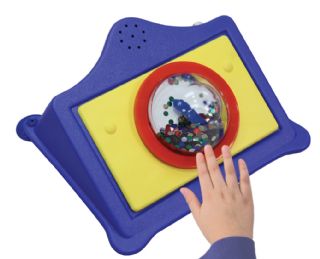
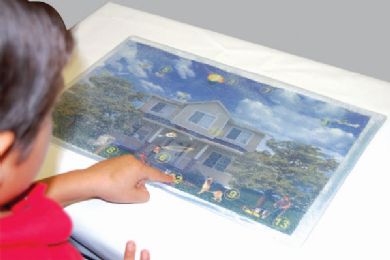
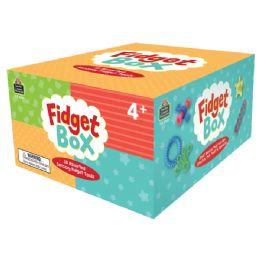
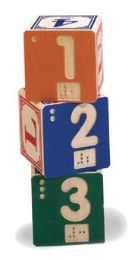
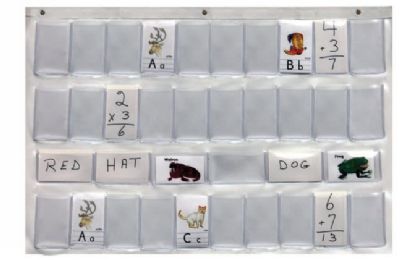
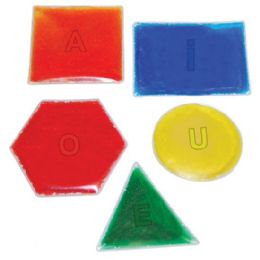
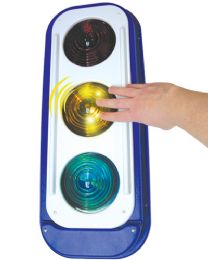
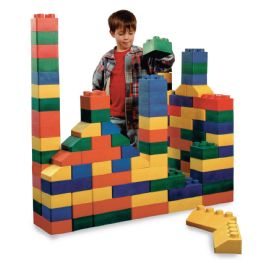
How Do I Choose the Right Pediatric Cognitive Toy for My Child?
Whether your child has special needs or not, cognitive development toys are a great choice to help your child learn through fun and play. While some cognitive toys include many various ways to engage a child, some are more specific in their function to better target cognitive areas where an individual child may need more help. If your infant or toddler is experiencing some developmental delays, talk to your pediatrician or another healthcare professional involved in your child's well-being to best determine what kinds of cognitive toys would be best for him or her.
Visual Perception Skills Cognitive Toys
Gathering visual information from the environment and integrating it with our other senses is referred to as visual information processing, or visual perceptual processing. Broken down into three components which include visual analysis skills, visual spatial skills and visual integration skills, this process involves integrating this visual information with motivation, development and past experiences to derive meaning and understanding from what is being experienced. Pediatric cognitive toys like the Multi-Image Mirror Pentagon help a child learn how to process this visual information.
Visual and Auditory Stimulation Cognitive Toys
Also referred to as 'light and sound' machines, or 'mind' machines, audio-visual entrainment (AVE) helps children to learn cause and effect, and helps to increase visual attention. Guiding the brain into various states of brainwave activity, AVE, like the type used in the Mini Dome Cognitive Toy, utilizes pulses of tones and flashes of lights to engage the child, and assist in proper cognitive development.
Sound Cognitive Toys
Pediatric sound cognitive toys refer to music-based auditory stimulation that help children's auditory systems to accurately process the sounds they hear. Distorted auditory perception often results in emotional, academic, cognitive and social challenges. Sound cognitive toys like the Instruments Sound Puzzle Cognitive Toy, or the See and Say with Base Language Listen and Learn Activity toy help improve sound perception by exercising or stimulating the various functions of the child's auditory processing system.
Spatial Relationship Cognitive Toys
Closely related to the conceptual skills and problem solving skills required for higher level math and science, visual spatial perception provides the child with information about his or her environment. Helpful in recognizing underlying concepts and relationships, the way children perceive space and their orientation or position within that space can greatly affect their gross motor skills and overall learning performance. Pediatric cognitive toys like the Peg Domino toy will assist children in distinguishing differences among similar forms and objects.
Shape Recognition Cognitive Toys
Learning and recognizing different shapes is another way of identifying and organizing visual information. The concept of being able to observe 'same' and 'different' leads to the proper development of other observational and comparison skills. Toys like the We-Blocks 3D Minis help a child with shape recognition, construction abilities and planning skills, teaching children to convert 2D images into 3D models. Learning shapes early on in a child's development will lead to better recognition and retention of other symbols like letters in the alphabet later on.
Fine-Motor and Perceptual Motor Skills Cognitive Toys
The use of hands and fingers, also known as fine-motor development, typically gets more refined by the ages of 3 to 5 years. Practice with puzzles, and using pencils, pens, markers, crayons and brushes, and manipulating modeling clay and small blocks are all activities that can help children practice and refine their fine-motor skills. Perceptual motor development defines the child's constantly developing ability to interact with the environment, combined with the use of the senses and other motor skills. Toys like the Geo-lastic Art toy and the Latches Board toy can help children to develop healthy perceptual motor development, facilitating proper interaction between motor actions and sensory perception in increasingly complex and skillful behaviors as they get older.
Rehabmart is proud to offer a diverse selection of superior quality pediatric cognitive toys from such experienced and innovative manufacturers as Enabling Devices, TFH USA, Wee Blossom, Skil Care and Sammons Preston.
Hulet Smith, OT
Rehabmart Co-Founder & CEO
ck